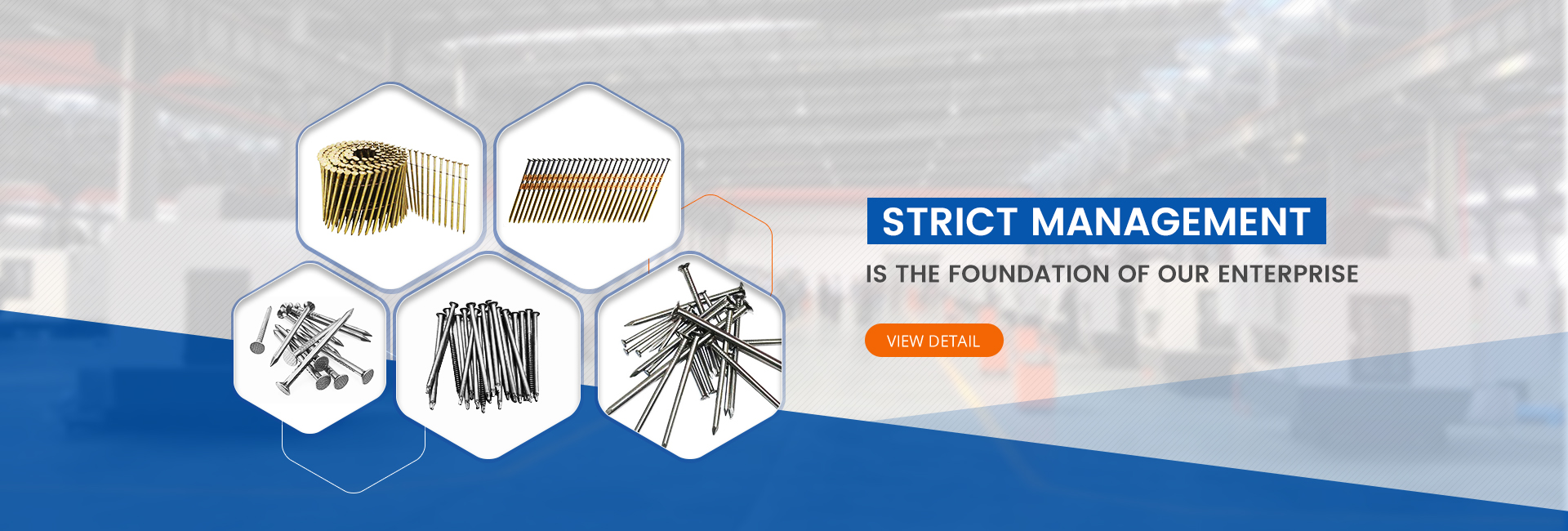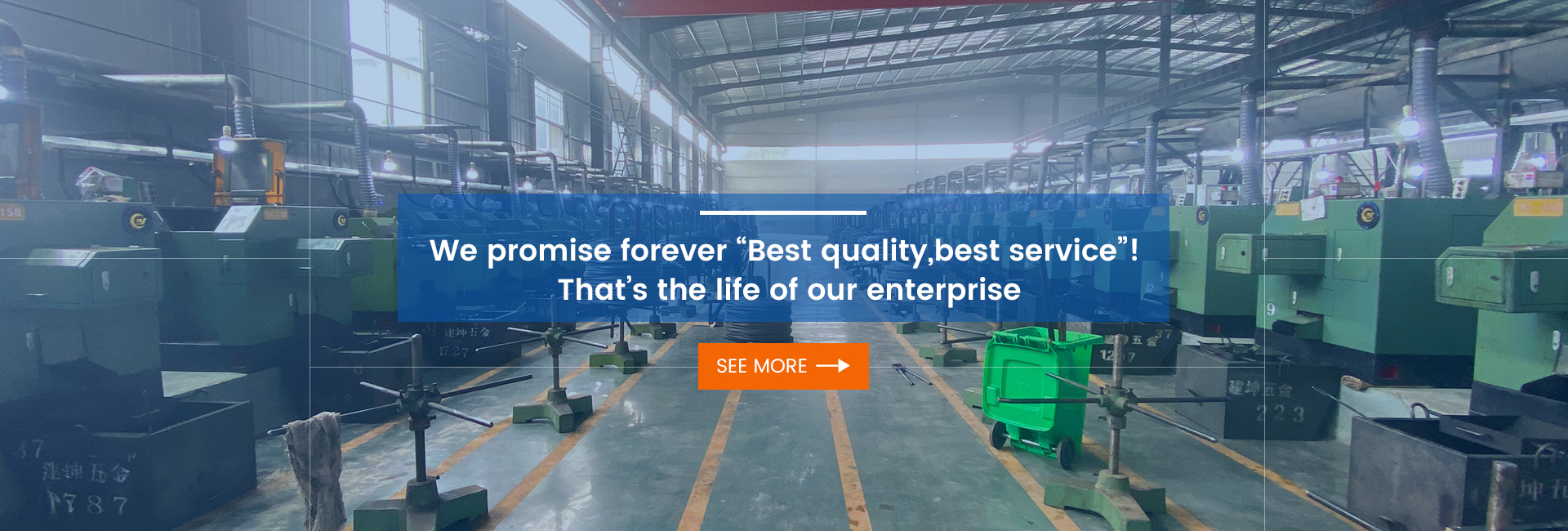Industrial staples are widely used across woodworking, furniture manufacturing, upholstery, packaging, and light construction. Each staple model is designed with specific dimensions, wire gauges, and crown widths to meet different fastening requirements. Understanding the characteristics of various staple types is essential for selecting the right model that ensures dependable performance, clean fastening, and long-term stability in professional applications.
Different staple models are distinguished by factors such as wire thickness, leg length, crown width, and compatibility with pneumatic staplers. Fine wire staples, for example, are typically used in delicate materials such as upholstery fabrics, insulation, and light wood components. Their thin wire minimizes surface damage while providing sufficient holding strength for light-duty tasks. Medium wire staples, on the other hand, offer greater rigidity and are often chosen for furniture framing, cabinet assembly, and general woodworking. These staples provide a good balance between penetration ability and structural strength.
For more demanding applications, heavy-duty staples are manufactured with thicker wire and longer leg lengths. They are suitable for plywood, wooden crates, pallet assembly, and various industrial packaging operations. Their enhanced durability ensures that each staple can withstand higher loads and provide reliable long-term fastening even in heavy-use environments.
Manufacturing precision plays a crucial role in the performance of each staple model. Industrial staples are produced with strict dimensional tolerance to ensure consistent feeding through pneumatic tools, smooth penetration, and accurate placement. The wire is formed, cut, and glued into strips with high stability, preventing breakage or disorder during high-speed operation. Surface coatings—such as galvanized or resin-bonded finishes—further enhance corrosion resistance and improve adhesion within different materials.
Compatibility with tools is another important consideration. Each staple series corresponds to specific stapler models, and proper matching ensures efficient operation, reduced jamming, and improved overall productivity. Whether used for fine upholstery work or heavy-duty wooden structures, choosing staples that meet the technical requirements of the tool guarantees safer, smoother, and more efficient fastening.
Today’s construction, woodworking, and manufacturing environments demand fastening solutions that offer both performance and consistency. Different staple models provide the versatility needed to handle a wide range of tasks with precision. By selecting the appropriate staple type, users can achieve cleaner finishes, reduced operational time, and stronger overall structural reliability.
Industrial staples remain an essential component in professional fastening systems. With accurate manufacturing, diversified specifications, and dependable performance, they provide a stable and efficient solution for projects ranging from light interior finishing to industrial-grade construction and packaging tasks.
Post time: Nov-27-2025



